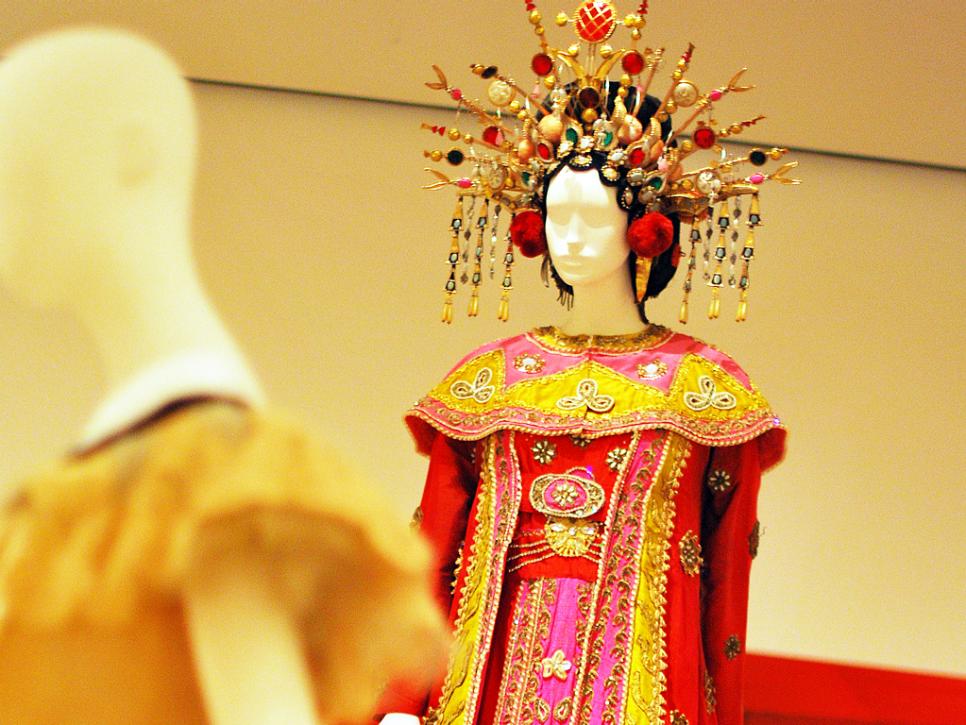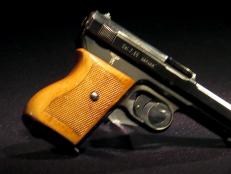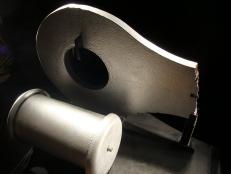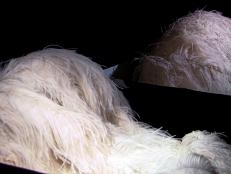Mysteries: Roulette and LA Shootout Pictures
Don investigates a pocket-sized computer used to predict the game of roulette and the body armor worn by bank robbers involved in a deadly shootout.
Related To:
The Cecil Beaton costume collection at the Museum of the City of New York.
Hidden away in the Museum of the City of New York’s archives is an elegant ebony and sterling silver trowel. This delicate souvenir is linked to an unparalleled disaster that encased a burning building in ice, threatening to destroy Manhattan’s first skyscraper and one of the city’s most significant repositories of wealth.
At the Los Angeles Police Historical Society are relics from some of the city’s most heinous crimes -- including an unusually heavy, handmade garment that played a part in one of the most notorious shootouts in US history.
An attic room above the Lilydale Museum in Lilydale, NY.
A rocket launcher from World War II at the Smithsonian Museum of American History in Washington, DC.
At the MIT Museum, Thomas Bass, author of The Eudaemonic Pie, reads notes written by Ed Thorp and Claude Shannon. The 2 mathematical geniuses attempted to build a computer that could predict the game of roulette.
In the collections of the Kansas History Museum in Topeka is a placard plucked from a bleak era worldwide. Printed on its face is a single word that in the early 20th century foretold a death sentence … "influenza."
A machine gun from World War II on display at the Smithsonian Museum of American History in Washington, DC.
An influenza mask on display at the Kansas Historical Society in Topeka.
Uniforms from World War II at the Smithsonian Museum of American History in Washington, DC.
At the MIT Museum in Cambridge, MA, Thomas Bass examines the world’s first wearable computer. The device was used by Claude Shannon and Ed Thorp to increase their odds at the game of roulette. Believe it or not, this was not considered illegal or cheating at the time.
At the Museum of the City of New York is an artifact linked to the Equitable Life Assurance Building disaster in 1912.








